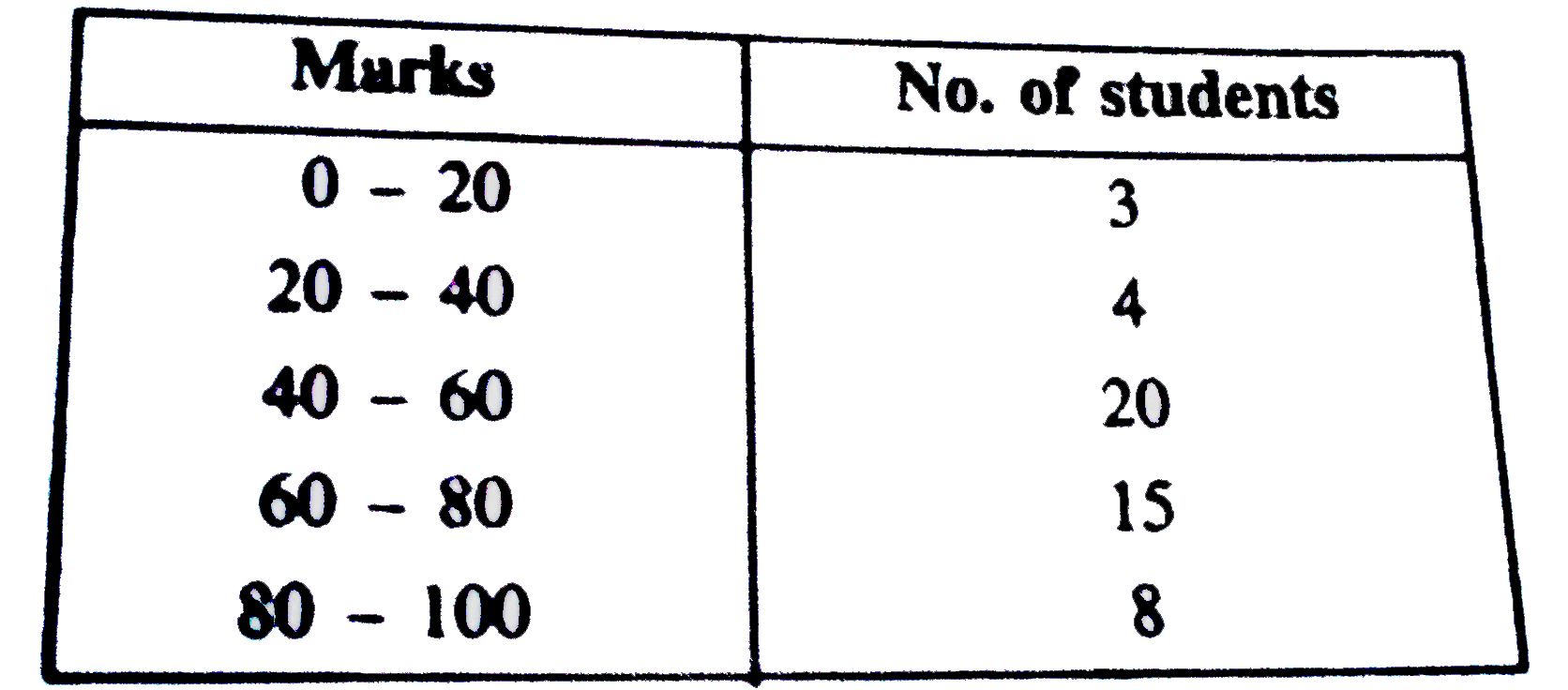If q1,q2,q3 ar rootsof the equation x3+64=0 then value of ∣∣ ∣ ∣∣q1q2q3q2q3q1q3q1q2∣∣ ∣ ∣∣
1
4
16
0
The correct Answer is:D
To solve the problem, we need to find the value of the determinant given the roots of the equation x3+64=0.
1. Identify the roots:
The equation can be rewritten as x3=−64. The roots of this equation can be found by taking the cube root of −64.
x=√(3)−64=−4
The roots of the equation x3+64=0 are q1=−4, q2=−4, and q3=−4 (since it has a triple root).
2. Set up the determinant:
We need to evaluate the determinant:
D=∣∣
∣∣q1q2q3q2q3q1q3q1q2∣∣
∣∣
Substituting the values of the roots:
D=∣∣
∣∣−4−4−4−4−4−4−4−4−4∣∣
∣∣
3. Calculate the determinant:
Since all rows of the determinant are identical, the determinant is equal to zero:
D=0
4. Conclusion:
Therefore, the value of the determinant is:
|D|=0
The equation can be rewritten as x3=−64. The roots of this equation can be found by taking the cube root of −64.
x=√(3)−64=−4
The roots of the equation x3+64=0 are q1=−4, q2=−4, and q3=−4 (since it has a triple root).
We need to evaluate the determinant:
D=∣∣
∣∣q1q2q3q2q3q1q3q1q2∣∣
∣∣
Substituting the values of the roots:
D=∣∣
∣∣−4−4−4−4−4−4−4−4−4∣∣
∣∣
Since all rows of the determinant are identical, the determinant is equal to zero:
D=0
Therefore, the value of the determinant is:
|D|=0
Similar Questions
Knowledge Check
If q1,2,q3 are roots of the equation x3+64=0, then the value of ∣∣ ∣ ∣∣q1q2q3q2q3q1q3q1q2∣∣ ∣ ∣∣ is :-
A1B4C16D0A=⎡⎢⎣l1m1n1l2m2n2l3m3n3⎤⎥⎦ and B=⎡⎢⎣p1q1r1p2q2r2p3q3r3⎤⎥⎦
Where pi,qi,ri are the co-factors of the elements li,mi,ni for i=1,2,3. If (l1,m1,n1),(l2,m2,n2) and (l3,m3,n3) are the direction cosines of three mutually perpendicular lines then (p1,q1,r1),(p2,q2,r2) and (p3,q,r3) areAthe direction cosines of three mutually perpendicular linesBthe direction ratios of three mutually perpendicular lines which are not direction cosines.Cthe direction cosines of three lines which need not be perpendicularDthe direction of three lines which need not be perpendicularIf the lines p1x+q1y=1+q2y=1andp3x+q3y=1 be concurrent, show that the point (p1,q1),(p2,q2)and(p3,q3) are collinear.
Aare collinearBform an equilateral triangleCform a scalene triangleDform a right angled triangle
If one root is square of the other root of the equation x2+px+q=0, then the relation between pandq is p3−q(3p−1)+q2=0 p3−q(3p+1)+q2=0 p3+q(3p−1)+q2=0 p3+q(3p+1)+q2=0
View SolutionIf each pair ofthe following three equations x: x2+p1x+q1=0.x2+p2x+q2=0 , x2+p3x+q3=0 , has exactly one root common, prove that (p1+p2+p3)2=4(p1p2+p2p3+p3p1−q1−q2−q3]
View Solution4q3−6q2−4q+3;2q−1
View SolutionIf one root is square of the other root of the equation x2+px+q=0 , then the relation between pandq is (2004, 1M) p3−(3p−1)q+q2=0 p3−q(3p+1)+q2=0 p3+q(3p−1)+q2=0 p3+q(3p+1)+q2=0
View SolutionIf pq(p−q)=1 then the value of p3−q3−1p3q3 is
View Solution
